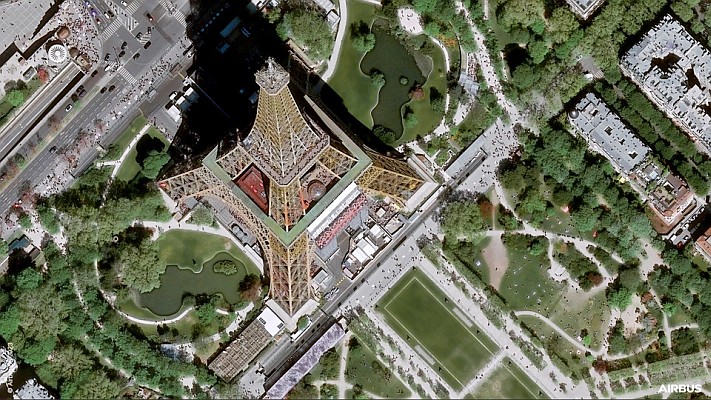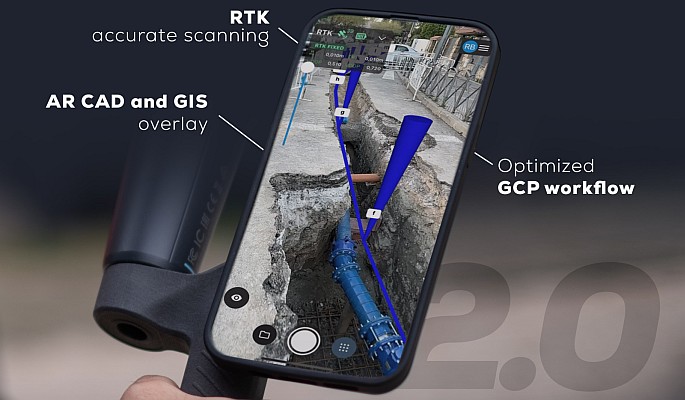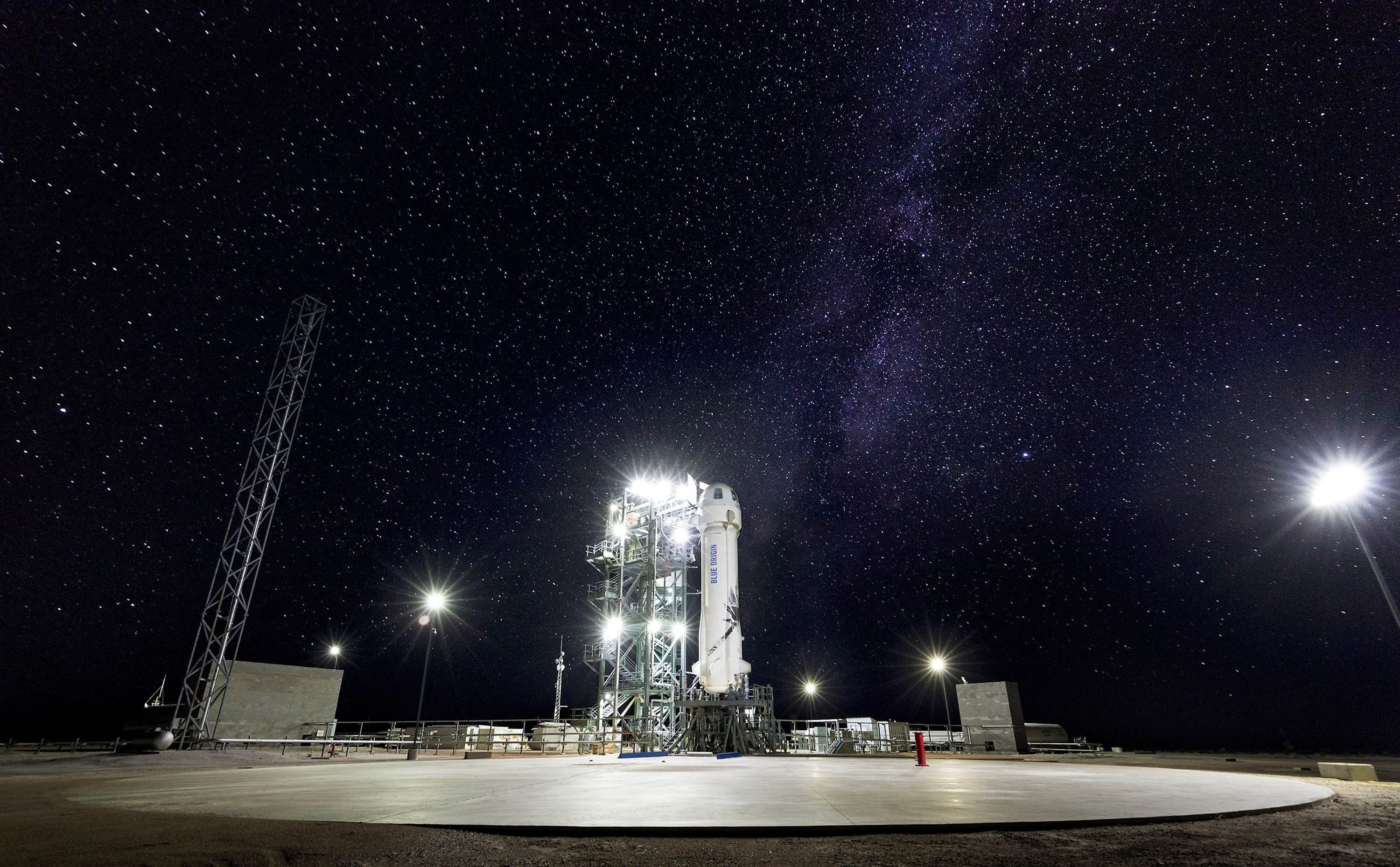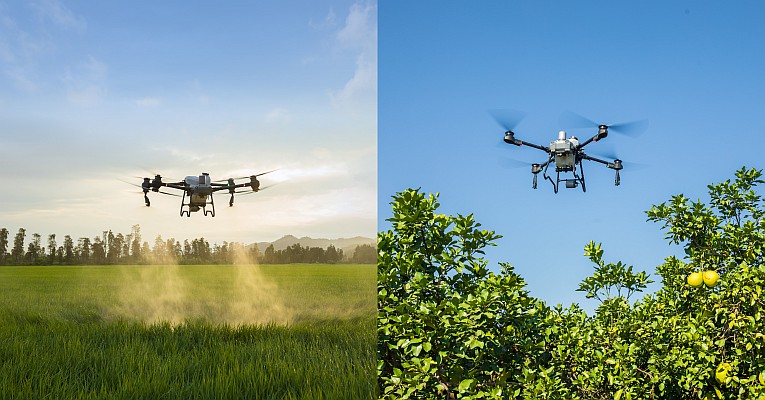DigitalGlobe, a leading provider of world imagery solutions, today announced that it has signed a direct access agreement with the National University of Singapore to allow the Centre for Remote Imaging, Sensing and Processing (CRISP) to receive high-resolution imagery from its WorldView-1 satellite and WorldView-2 upon its launch in the third quarter of 2009.
“CRISP has been closely involved in numerous regional environmental disaster monitoring and humanitarian assistance activities, such as the tsunami and earthquake disasters,” said Kwoh Leong Keong, Director of CRISP. “With this agreement, we will have access to DigitalGlobe’s highly accurate earth imagery faster than ever before, and will be better equipped to meet the diverse needs of our users.”
“DigitalGlobe is proud to work with CRISP and provide the Asia Pacific region with rapid access to the world’s most sophisticated constellation of next-generation satellites, which provides the accuracy and vibrancy for commercial, scientific and government applications,” said Jill Smith, DigitalGlobe’s chief executive officer and president. “With direct access to DigitalGlobe’s high-resolution earth imagery, CRISP and its customers will develop a deeper understanding and perspective on the world, gaining the ability to more closely monitor its landscape and its changing face from space.”
“This is a fantastic relationship with a world class organization,” said Jeff Kerridge, DigitalGlobe’s senior vice president. “CRISP and DigitalGlobe will benefit greatly from the direct reception of DigitalGlobe’s WorldView constellation. With access to WorldView-2’s industry-first 8-bands of multispectral imagery, CRISP will be able to contribute even more dynamic information to their efforts in a timely manner.”
DigitalGlobe’s constellation of high-resolution satellites conducts a daily collection rate of nearly 1 million square kilometers of new images. When WorldView-2 joins DigitalGlobe’s constellation, the collection rate will jump to 2 million square kilometers per day, which is larger than Indonesia, the world’s 16th-largest country in terms of land area.
For more information please visit
www.digitalglobe.com
http://crisp.nus.edu.sg






